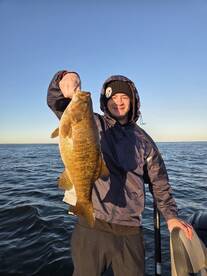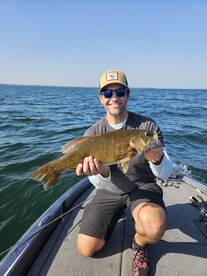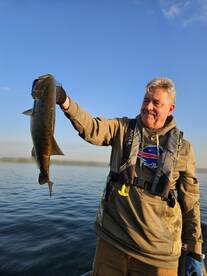August Lake Erie Report
August 10, 2025
Erie
5 photos
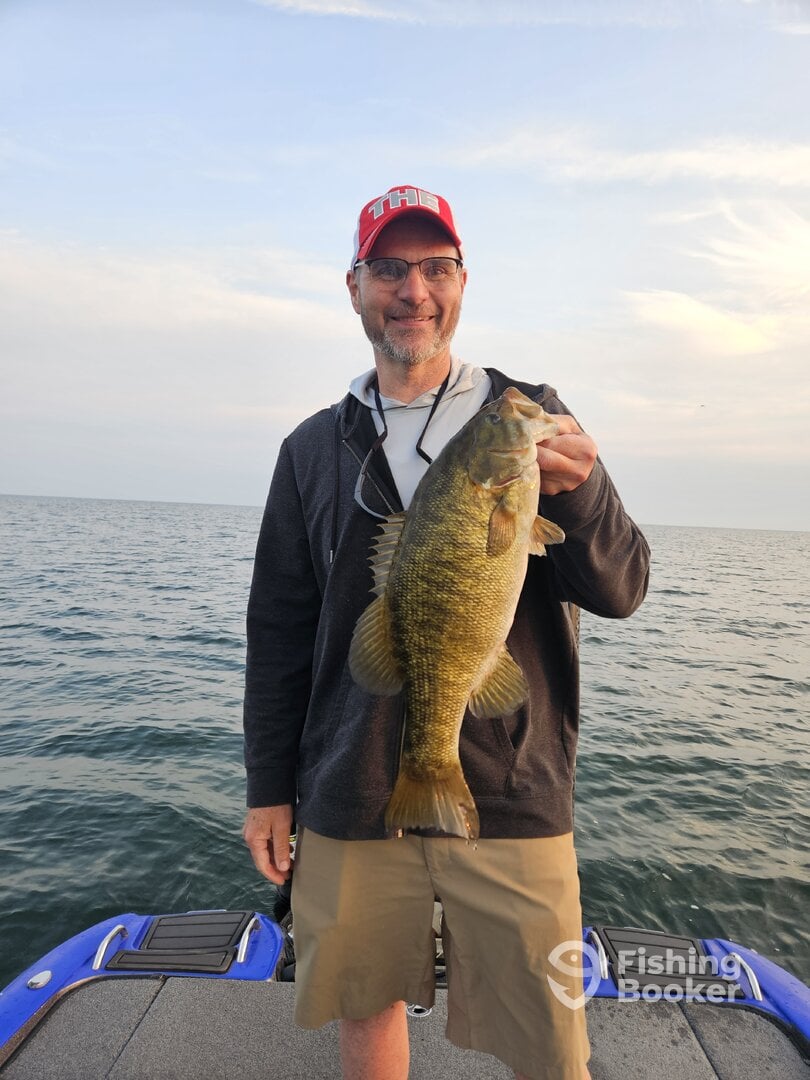
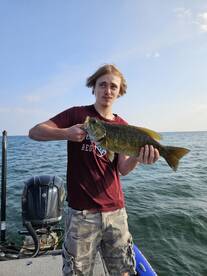
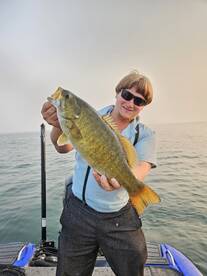 +2
+2
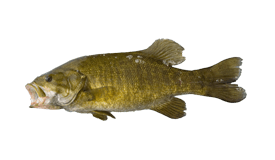
Bass (Smallmouth)
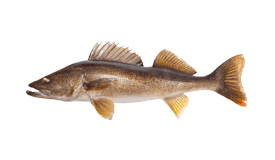
Walleye
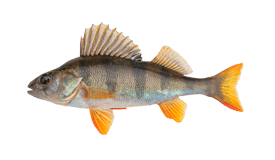
Perch (Yellow)
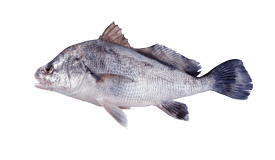
Freshwater Drum
Trip Summary
Trip Summary
Lake Erie is such a fascinating place. The fishing alone is world-class, but the ecosystem as a whole is an ever-changing, dynamic environment. Every season brings its own shifts in weather, water, and wildlife, and sometimes we get to witness one of its more dramatic events firsthand — something we call “the turnover.”
What Is the Lake Erie Turnover?
In short, turnover happens about once a summer here on Erie (not the full fall turnover). As the lake warms, it naturally separates into layers — with warmer water on top and colder, denser water beneath. When we get a sustained hard wind, especially from the north (as we just did), it disrupts that layering. Cold water from the depths is pushed up and mixed into the upper layer, sending temperatures in certain areas plunging almost overnight.
While most species handle this sudden change just fine, some, like freshwater drum (a.k.a. “sheepshead”), can’t cope as well. After these events, it’s common to see dead sheepshead floating on the surface. The good news is this doesn’t significantly impact their population — they’re extremely abundant — and the majority of other fish species are unaffected.
How Turnover Impacts Fishing
Although a die-off isn’t pleasant to see, turnover often improves our fishing. The sudden infusion of cooler water pushes gamefish toward prime structure and temperature zones, creating feeding opportunities that simply don’t exist during the stagnant “dog days” of summer.
This recent turnover was a perfect example. Summertime bass fishing can be challenging, but almost overnight, concentrations of bass moved back into key areas. As a bonus, we also found big walleye and even some perch taking advantage of the same cooler zones.
There are still fish holding in their usual deep summertime haunts, but turnover has opened up more areas to target — and more ways to catch them.
Current Fishing Report
Walleye: The bite has stayed strong both shallow and deep. We’ve been catching them in 10–30 feet and also in 50–100 feet. Blade baits, jigging raps, and traditional jigheads have done the bulk of the work, though some walleye have even fallen for bass presentations. Productive areas include the mountain region near North East and west around the Peninsula.
Smallmouth Bass: Focus on the coolest water you can find, whether shallow or deep near the thermocline. The full fall turnover is still about a month away, but these early shifts are already pulling fish into more aggressive feeding patterns. Drop shots, ned rigs, and jighead minnow presentations continue to lead the way.
Tightlines,
Captain Destin DeMarion


